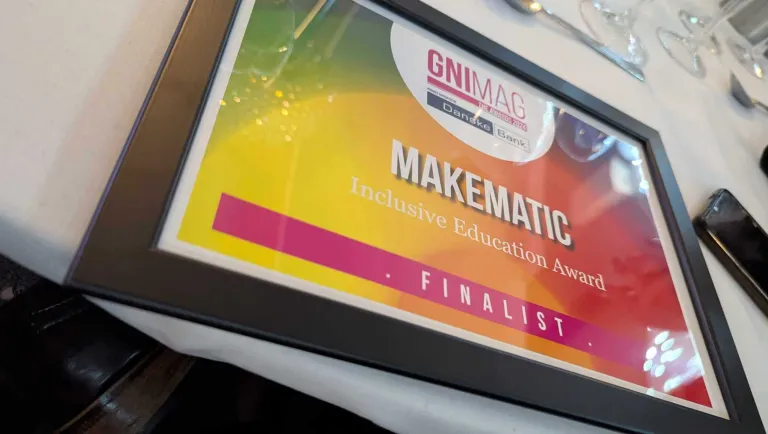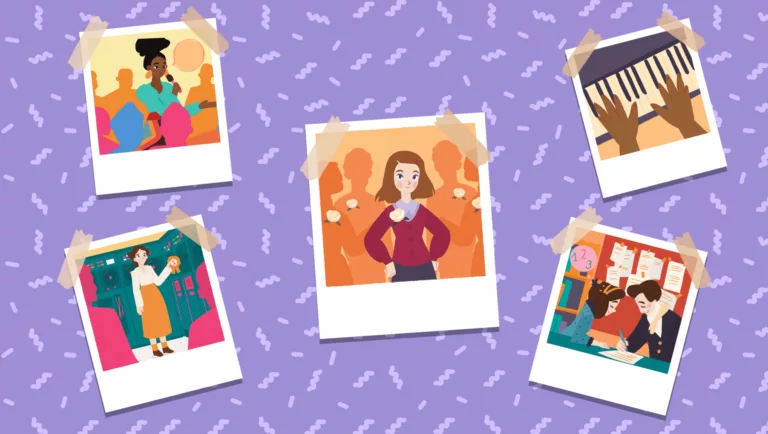
Video in Education
26th August 2019
We watch videos on mobile phones, tablets, laptops and televisions.
And in the K-12 classroom, up to 82% of educators are using curriculum relevant video content as part of their teaching repertoire. But do they hinder or enhance learning?The problem with answering this question in a K-12 context is most of the research conducted in this space has been in post-secondary school education. That doesn’t mean that the findings aren’t transferable, it’s just something that we need to bear in mind when we look at the findings.So Is Video An Effective Educational Tool?
To date research has shown that video can enhance learning and be a highly effective educational tool. It’s been associated with an increase in student and teacher satisfaction, motivation and confidence, and in some contexts, stronger course performance and improved learning outcomes.Here is a round up of some of the most significant findings:- Problem Solving: Studies have shown that videos can facilitate thinking and problem solving. This was demonstrated via the connection made between the visual cues, the memory process and the recall of new knowledge.
- Mastery Learning: In some cases, video can be as good as an instructor in communicating facts or demonstrating procedures to assist mastery learning. That’s because a student can view the video as many times as they need at any time they choose.
- Inspiring and Engaging Students: When incorporated into student centred-learning activities, there is strong evidence that using and creating videos in the classroom can:
- increase student motivation and satisfaction
- enhance the learning experience
- develop learner autonomy
- enhance team working and communication skills
- accommodate diverse learning styles
- provide opportunities for staff development
- Authentic Learning Opportunities and Active Learning: Video has been shown to produce authentic learning opportunities for students. Moreover, although there is a belief that watching videos is a passive activity, recent studies suggest that it is in fact an active activity, one which can be a complex cognitive activity and processing.
- Retention and Learning: People learn better from words and pictures than from words alone That’s why applying multimedia principles to the design of classroom instruction can greatly increase student learning.
- Practical Demonstrations: The visual benefits of video provide a vehicle for increasing access to practical demonstrations. Students can learn from field experts having the opportunity to view close-up expert illustrations. They also have the option to view them repeatedly if necessary.
The Verdict?
It’s clear that video has a place in the education space. Although more research into its use in the K - 12 context is needed, the findings are promising.That does, however, leave us with an unanswered question: Are all educational videos created equally?I’ll answer that very important question in a future post.Please note: The links to the studies that were consulted to write this article have not all been included. It you’d like a full reference list, please contact the author on tara@makematic.com.
Let's Work together
We’re a team of media professionals and educators that want to inspire a generation of global learners through smart, engaging educational content they love.
More about our services
Technology
Education


Makematic Partners with Rebel Girls for New Video Series

Crayola's Creativity Week Wins Shorty Award
Follow us
